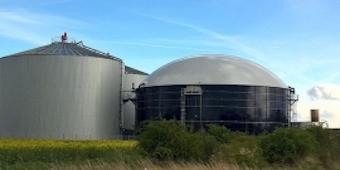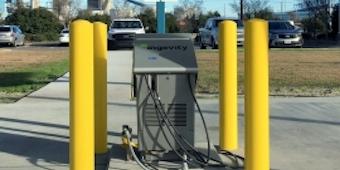Working paper (March 2022) by Melchizedek Amago
Center for Sustainable Business, University of Pittsburgh
Transportation is a major source of atmospheric pollution. In the US, the transport sector accounts for 29% of the country's total GHG emission1 due primarily to its heavy dependence on petroleum-based fuel such as gasoline and diesel. In 2020, 96% of the total consumption of motor gasoline and 77% of the total consumption of distillate fuel oil (diesel and heating oil) was in the transport sector.2 In addressing the urgency of the emission situation in this sector, numerous major environmental advocacy groups have responded with publicly available programs, frameworks, and tools that serve as benchmarks for governments and private organizations.3,4,5,6,7
The US government also asserted renewed attention to this issue. Upon rejoining the Paris Agreement, the Biden administration has set climate targets anew to reach net zero emissions economy-wide by 2050 and as a major step to that goal, the US government committed to cut greenhouse gas pollution by 50 to 52 percent based on 2005 levels by 2030 in the “nationally determined contribution” or NDC submitted to UNFCCC. In determining emission reduction pathways, the administration took a sector-by-sector approach. Those identified from the transportation sector can be classified into the following:
- Tailpipe emissions and efficiency standards
- Zero-Emission Vehicles and Charging Infrastructure
- Very Low Carbon New-Generation Renewable Fuels
- Transportation Infrastructure to reduce vehicle miles travels8
The Center of Sustainable Business, under its initiatives to Decarbonize Middle America, has partnered with Ingevity, a South Carolina-based company engaged in the production and distribution of performance chemicals and materials, in creating a knowledge base on renewable natural gas and Ingevity’s Adsorbed Natural Gas (ANG) technology that is now used in alternative fuel vehicles.
This study is meant to help consumers - fleet owners and individuals alike, in their decision-making related to their adoption of alternative fuel vehicles, specifically ANG-RNG vehicles. Being a compilation of existing literatures, this study may also serve as a web resource for academics, government and corporate researchers, and climate advocates seeking to study the viability of biogas in transportation.

Review some common climate terms

What is natural gas and how does it fare as a transportation fuel?

What is the adsorption technology and how is it used in motor vehicles?

How can I refuel the ANG-RNG vehicle?

